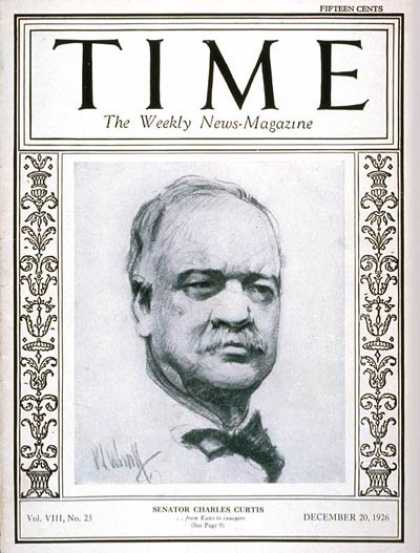Diplomatic Battleship
Administration spokesperson is a central VP role. But it has to be used carefully. Sending the VP is the PR/diplomatic equivalent of sending a battleship – it will make news worldwide. There is a reason it is called gunboat diplomacy, not battleship diplomacy. A battleship overplays the hand and if it falters it will trigger a major crisis – in the case of the VP the risk is that the administration will look stupid.
Presidents and Vice Presidents are free, and expected, to address the public on issues. But Presidents do not directly debate administration critics, it is beneath the dignity of the office and there are ample surrogates (spokesman, cabinet members etc.) to do this job. Vice Presidents are also frequently deployed to deliver red meat speeches to the faithful and stump for local candidates (Nixon pioneered this role.) But that is different from directly debating with critics.
So when do you send a battleship?
When the other side has a battleship too. If the specific critic has national standing (which is rare since former Presidents are generally careful not to criticize their successors), the vice president, as the only other nationally elected figure might be the appropriate administration champion. The other prominent example of a VP taking on a specific critic was when Al Gore debated Ross Perot about NAFTA in 1993. Perot accused President Clinton of ”sending someone else to do your dirty work.” Perot had run a strong third in the 1992 Presidential elections (and in fact Clinton probably owed his victory to disgruntled Republicans who became Perot supporters.) The strategy paid off, Gore decimated a poorly prepared Perot.
Ex-VP as National Figure
The converse of using the VP to counter a national level political critic is the rise of the role of the ex-VP as a possible national level critic.
Tom Ricks is a well-regarded defense expert. But he also knows something about the vice presidency. His recent post referred to Charles Curtis (Herbert Hoover’s VP, who is most famous for being part Native American) and compared his criticisms of FDR to Cheney's criticisms of the Obama administration.

Unlike Cheney, Curtis was a DC non-entity as vice president (a good bio from the Senate Historian can be found here). Previously, he had been a major figure on the Hill (rising to Senate Majority Leader), but he was from the opposite end of the party from the nominee Herbert Hoover. He was added to the ticket for political balance. Hoover and Curtis didn't get along at all. In fact Curtis inspired the character Throttlebottom, in the Gershwin musical – a vice president who could only get into the White House on public tours. Quite the opposite of Cheney. I’ll have to do more research – but the fact that Curtis became chair of the Republican Senatorial campaign committee in 1935 indicates that he became a sort of defacto party chief/spokesman – leading a rear guard action against the Roosevelt revolution. (Not much came of this and Curtis died in February 1936.)
Curtis ended up being the last man standing in a leaderless rudderless party, so he became in effect the national figure – this despite has having little to do with the previous administration’s policies.
Conclusions
The basic guide of bureaucratic politics is “where you sit is where you stand” or more academically – your position shapes your perspective. The VP has almost no inherent bureaucratic interests (with a relatively small staff and no core policy portfolio.) But the national standing does seem to count for something – maybe part of my thesis will be nailing down exactly what.
It is worth noting that ex-VPs can’t always translate this into influence – Quayle for example. Obviously Quayle’s perceived shortcomings played a role, but so did the structure of the Republican party which is hierarchical and top-down. There is usually a pretty clear line of who get to be President in the GOP. Ford won the nomination in 1976, edging out Reagan. Reagan was next in line, his chief rival was Bush (who became his VP.) Bush’s chief rival and the "senior national Republican figure” was Senate Leader Bob Dole who won the 1996 nomination. Then there was a bit of a vacuum and W. won the nomination, edging out McCain – who was the nominee in 2008. Curtis had been a leading rival to Hoover and the Senate Majority Leader in his own right – he was next in line. But now, the Republican party is in a bit of disarray and Cheney is the last man standing - leaving him a platform to be critic-in-chief.
No comments:
Post a Comment